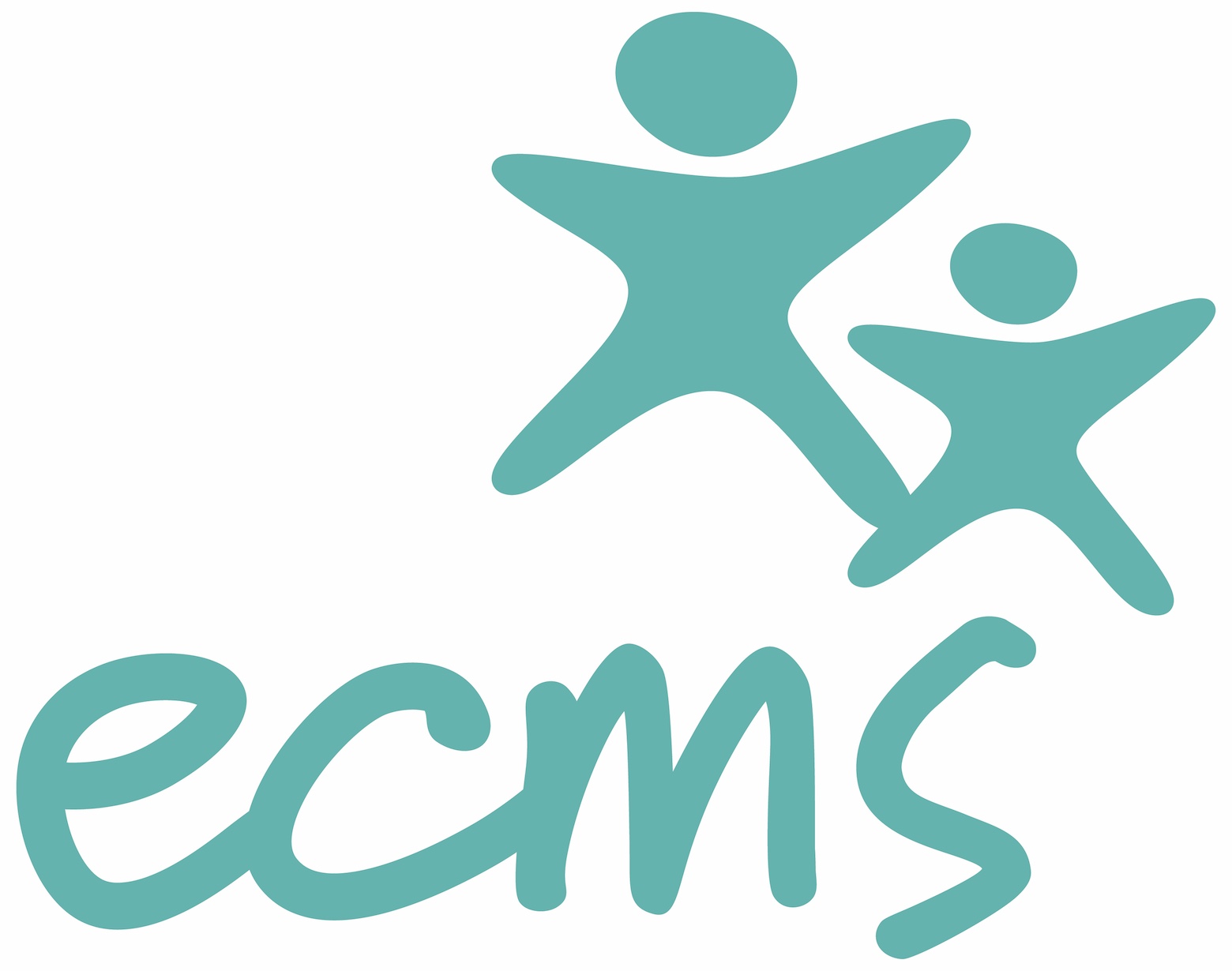Saying goodbye looks and feels different for everyone, but here are some ideas to make it as supportive as possible:
1. Find a routine and stick to it
Make a conscious effort to establish a good routine, including all the things which make for a great start to the day. Prepare in advance and try to leave home at the same time.
2. Talk
Calm and reassuring discussion about where they are going for the day and why will settle nerves for them and us.
3. Stay calm
This is the heart stuff, and it’s easier said than done to hold our tears and fears as our children step into the big world without us. Managing our emotions will reassure our children that everything will be okay.
4. Help your child get to know the new caregiver
Introducing children to, and joining in play together with new educators, will pave the way for strong relationships.
5. Good communication with educators and carers
Being on the same page with how the transition should go will make it easier and less stressful.
6. Please don’t trick them
It might make for an easy getaway for us, but it’s scary for our children when they realise we are gone.
7. Establish a predictable goodbye routine
Knowing what will happen next makes it easier and help a child feel safe and secure. Wave from the window, watch the pet fish, play with a favourite toy, share a hug, read a book, or sing a goodbye song.
8. Things that bring comfort
A photo of a family, a favourite toy, or an item from home can comfort them when they feel sad.
9. Share a few words of your home language
Hearing familiar words or names in their home language helps children feel understood.
The Department of Education and Training has a useful guide about helping your child manage separations if you would like to read more about this topic.
Our teaching teams welcome the opportunity to work with you and your child, ensuring you feel comfortable and confident in whatever transition you are navigating.



